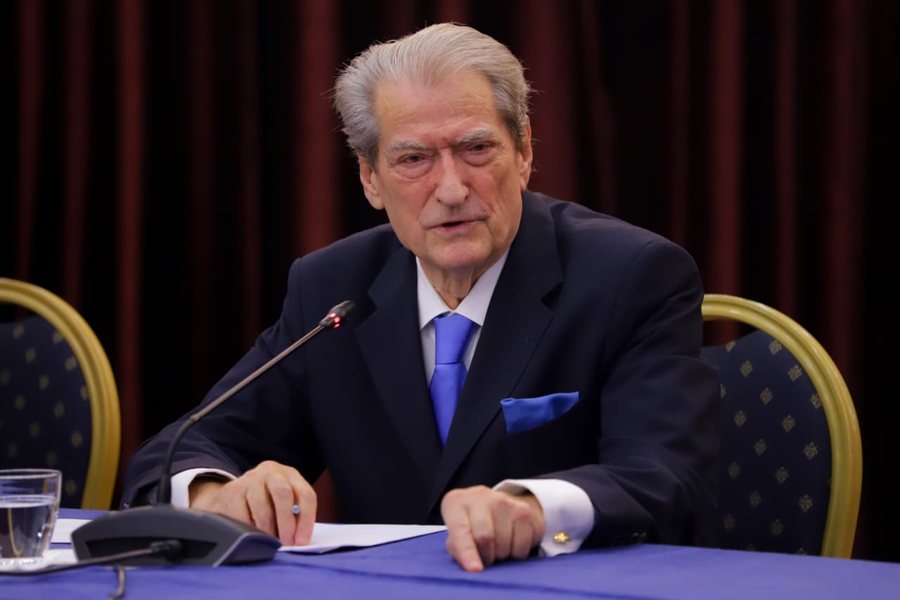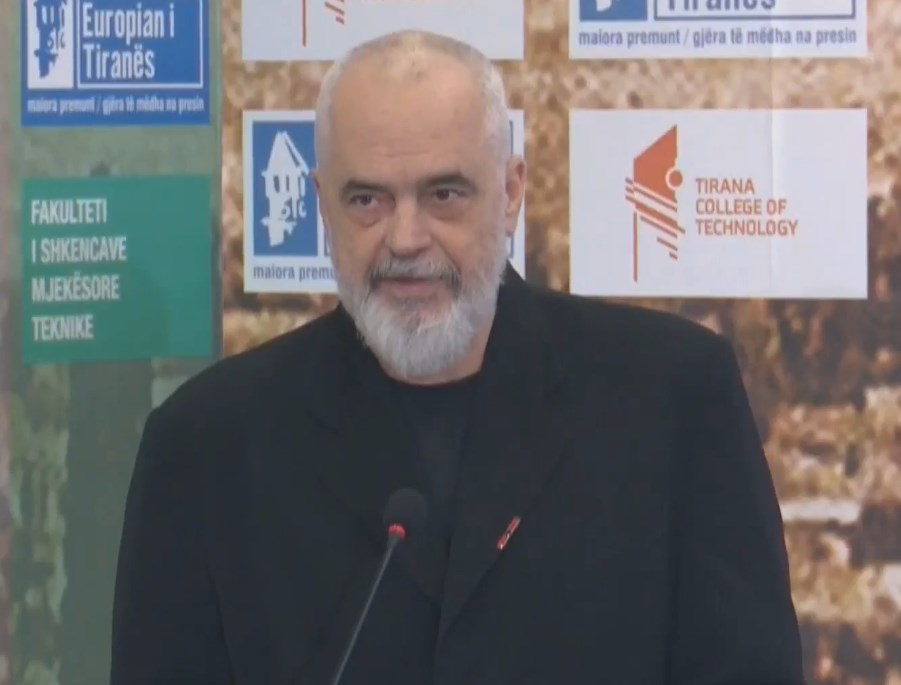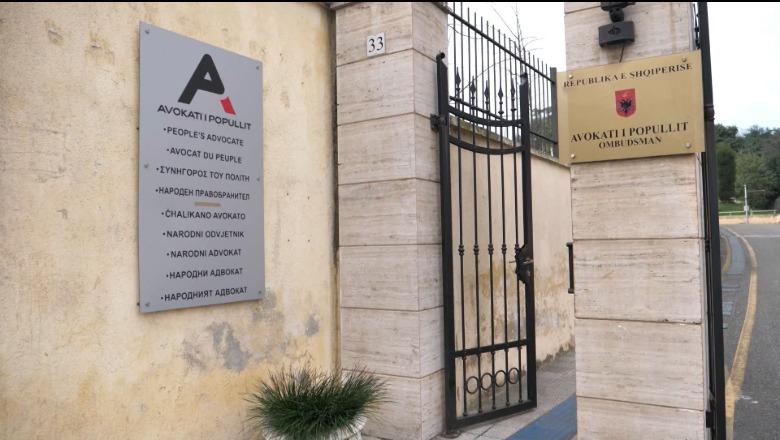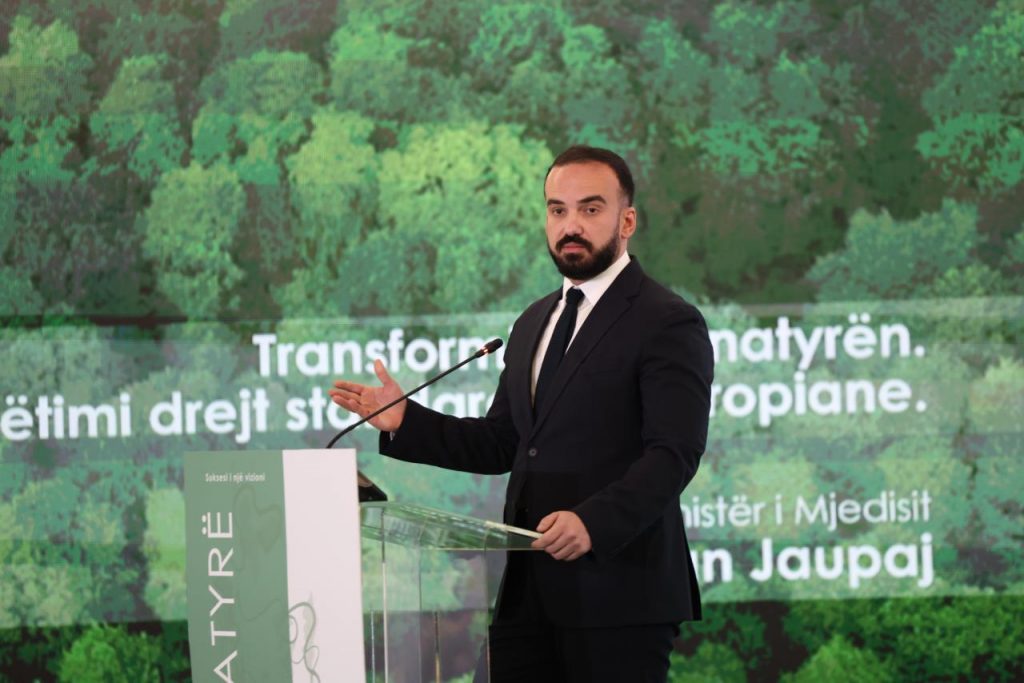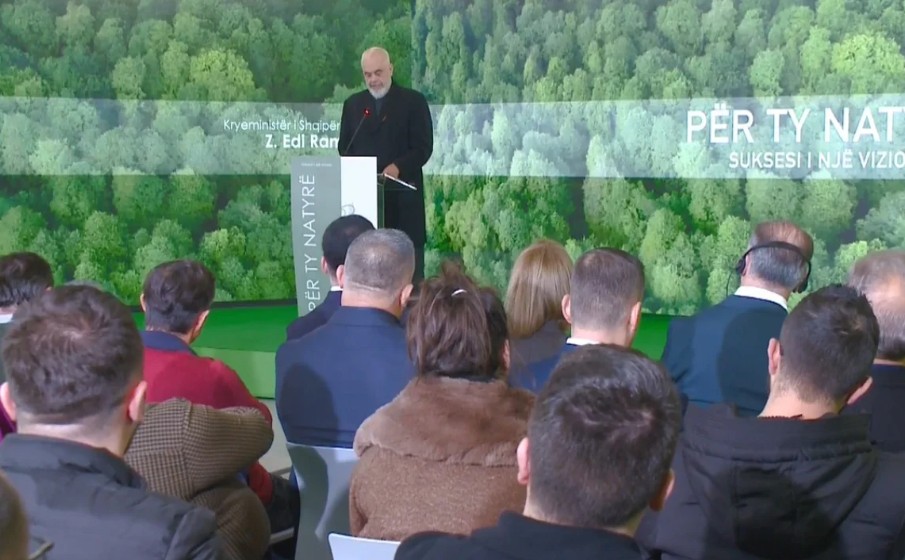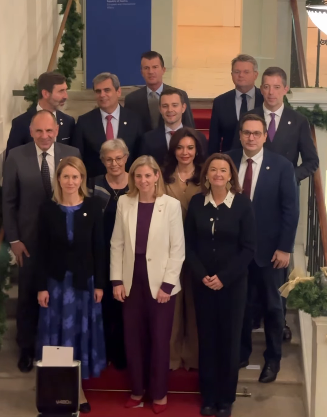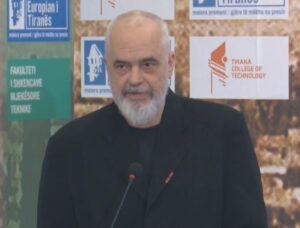Conflict between President and Parliament for Supreme Court vacancies
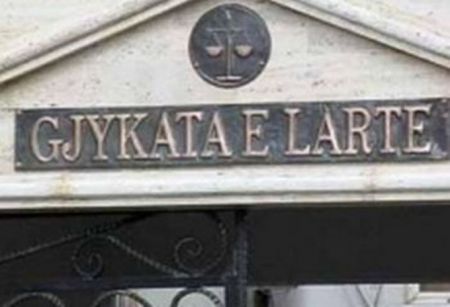
Although they were seen as a solution of the stalemate between the presidency and the majority, the legal amends for the vacancies at the Supreme Court have only deepened the conflict.
The majority had asked the establishing of a consultative council at the President, made of the main justice leaders. They asked President Nishani to stand to these amends of this process.
Gramoz Ruci and Petrit Vasili wrote a letter to the President in which they request the opening of the running process, based on the new amends of the Supreme Court law.
The new legal procedure foresees that the evaluating report of the candidates is done by the Council of Appointings before the President announces the decrees with their names.
But the President ignored the new law amends. Four days before the end of the year, he made a written request for a meeting with the parliamentary group leaders, based on the old law.
President Bujar Nishani made this decision without giving any opinion about the new law amends that were sent at his office for being decreed.
The majority requested President Bujar Nishani to base his decision for the three vacancies at the Supreme Court on the new law amends.
The majority says that these amends will guarantee transparency and will reduce the political influence of the President in appointing the judges, causes that the majority has expressed as arguments for rejecting the five presidential decrees for the Supreme Court.
It remains to be seen if Bujar Nishani will write another letter or if he will have anything to say about these legal amends.
If this happens, chances are that Nishani will declare his stance against the new law for the Supreme Court, and might return it for voting in Parliament, where chances are that the opposition will vote them once again. Until these moves are made, the Supreme Court will continue with three vacancies created since 2013.
 KOHA JONË SONDAZH
KOHA JONË SONDAZH










